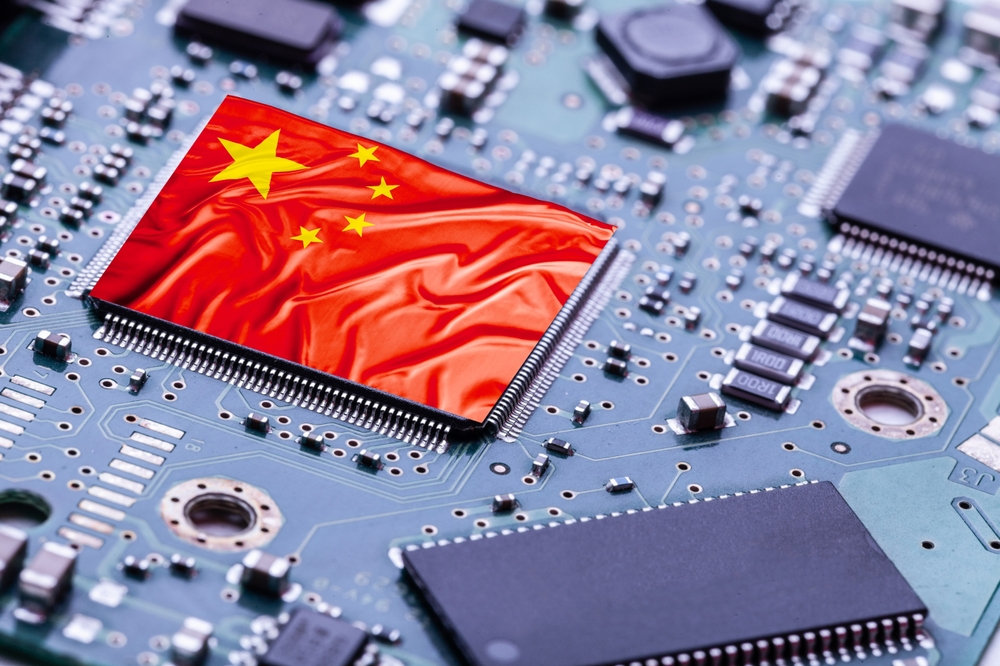Chinese innovators are seeking to roll out generative artificial intelligences (AI) such as Stable Diffusion and DALL-E, but there is a range of challenges to overcome.
Some of the challenges, including bias and accuracy, are the same as those anywhere else in the world. Other challenges are much more particular to China.
Censorship and AI-Generated artworks
Of the current wave of AIs, text-to-image generators such as Stable Diffusion, DALL-E and MidJourney have proven to be particularly popular.
In China ERNIE-ViLG is aiming to beat foreign competitors by creating pieces more culturally relevant and specific to the Asian market. The project is part of a large (Chinese) natural-language processing project led by Baidu, China’s leading technology and AI company.
Some early users of the technology have reported back favorably. ERNIE-ViLG seems to edge out foreign competition, especially when dealing with Chinese-specific cultural references. The artwork generator is also said to have a clear lead when it comes to Japanese anime.
While all of that is to the good, there are also some early indicators suggesting that ERNIE-ViLG is a handicapped system.
Ask ERNIE-ViLG to render an image in Beijing’s Tiananmen Square, and the AI suddenly grinds to a halt. Similarly, the names Xi Jinping and Mao Zedong will cause ERNIE-ViLG to down tools, as will some words including “revolution.”
It appears that Chinese AI, similar to social media firms, will operate with long lists of blacklisted words and key phrases.
Bias problems
One of the big problems AIs face is that the training data they use may contain biases or prejudices.
Tencent’s Different Dimension Me is as popular as it is notorious. The aim of the project is to turn photographs of people into anime characters.
Given the homogeneous nature of anime, however, the program struggles to deal with larger individuals as well as some nationalities. The results of these glitches range from the bizarre to the downright offensive.
https://twitter.com/ruima/status/1600377796219764736
Extracting value
One of the key issues in any given technological advancement is monetization. How will a company extract value from the innovation?
The patent system is a longstanding way of ensuring that value can be extracted from an innovation, but in China the patent system suffers from a number of systematic flaws. These flaws result in poor patents and poor protections for innovators.
In terms of sheer volume China has led the world in patent filings since 2011, but the quality of their applications is lacking. One Chinese patent expert declared that only around 1 in every 10 patents has market value, while the rest are simply “trash.”
Worse still, Chinese patents are much less likely to receive citations than in other regions such as South Korea, Japan, and the United States. In layman’s terms, this means that a Chinese patent is less likely to be built upon or to lead to anything of value.
Innovators also worry that in the buccaneering world of Chinese AI, a great product can be stolen and replicated overnight whether patented or not. It simply doesn’t pay to invest heavily in breakthrough technology when someone else can copy your homework and undercut your business.
Little wonder then that all of the big AI breakthroughs in 2022 came from outside China.
The US-China chip war
Although Chinese AI tech faces challenges within its borders, the country is now also facing punitive measures from overseas.
President Biden is currently engineering a particularly nasty trade war against China, restricting the types of semiconductors – microchips – that the west can sell overseas. The move has been seen as an attempt to sabotage the Chinese technology sector and deprive it of the fastest types of chips the AI industry requires to function.
The move doesn’t apply solely to the US either as US allies including the British, Dutch, and Japan inevitably fall into line with America’s position.
The result of that change has yet to felt, but the end of globalization suggests that China will lose access to the most advanced microchips on the market. That alone could be a fatal blow to the development of Chinese AI.









 and then
and then